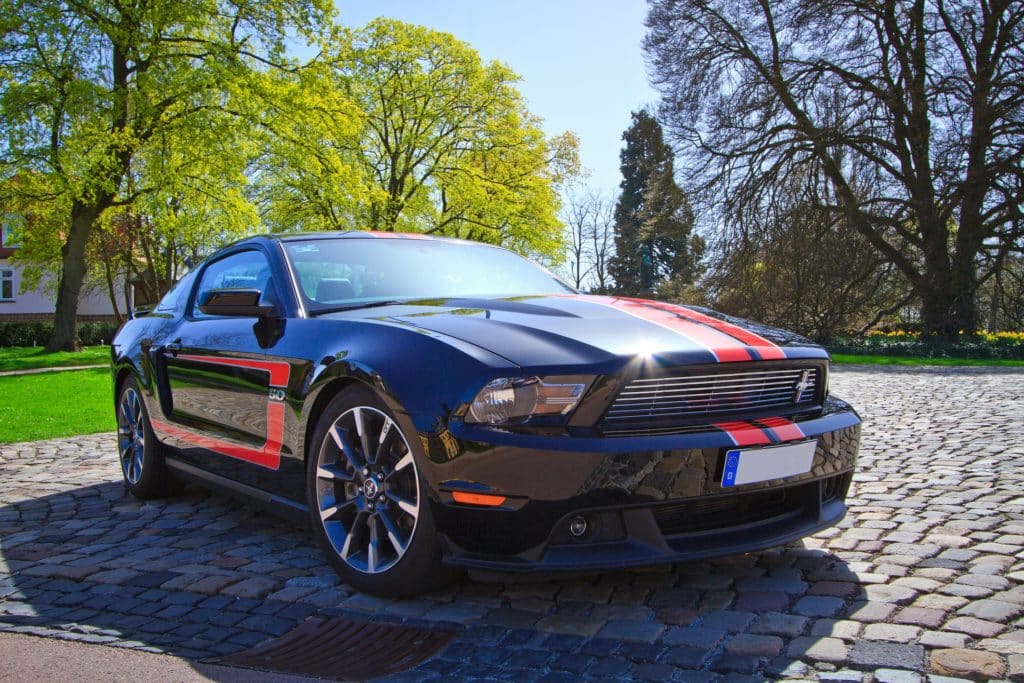You do not necessarily need to be a Hollywood star in order to have tinted windows on your car. In fact, auto glass tinting is a feature that everyone can have regardless of their social class, in order to increase their level of privacy. Apart from that, there are a number of other benefits of it. For instance, tinted windows provide sufficient protection from UV rays and sunlight. At the same time, it also increases the beauty and aesthetics of your car.
What are car window tints?
Have you ever thought what are car window tints made of? and how does window tinting even work? In case you are a nerd, chances are that you must have pondered over it at least a few times. Even if you’re not a nerd, it still does not hurt to know the science behind it.
Let us begin from the basics
Simply put, window tints are just highly engineered stickers made of a polyester laminate. This laminate is quite strong and durable. Along with that, a tinting agent is used that results in the tinted effect. This tinting agent gets distributed in the form of thin layers within the glass.
On one side of the glass, there is a scratch-resistant coating. Whereas on the other side, there is a layer of strong adhesives that get glued on to the window very strongly.
The polyester laminate gets treated in many different ways, which results in a better look and improved performance. Moreover, there are many different types of tinting agents that result in a different look.
Do note that a paint protection film is different from window tints, as the former has a different purpose.
The working of tinting effect
The tinting effect is generated through a few naturally occurring phenomena, that occur due to the interaction of light with surfaces. This includes:
Radiation
The reduction of radiation is one of the prime effects of window tints. In fact, a big number of people get window tints on their car in order to block radiation and UV rays. At the same time, it also acts as a heat insulator in summer and winter. Hence, they help in regulating the temperature inside the car regardless of the season.
Absorption
Window tints absorb a certain portion of the sun light, that is the UV rays spectrum. Since the UV rays get blocked, chances of developing skin cancer due to sunlight get reduced significantly. At the same time, it may also prevent unnecessary tanning. Moreover, this absorption also reduces the visible light inside the car resulting in darkness.
Since enough light does not enter the car, viewers from the outside are not able to see the insides of the car clearly. This provides people the car privacy that they so dearly yearn for. However, most states and cities have certain laws and regulations pertaining to the level of darkness in a tinted car.
Transmittance
Window tints transmit only a small portion of light inside the car. The amount of light that will get through, depends on the chemical structure of the tinting agents and the polyester laminate itself.
The level of transmittance can readily be controlled, by controlling the amount of tinting agent applied. However, lowering the transmittance will affect the texture and make it lighter. Hence, you may not be able to get the Hollywood style look.
Is there an allowed limit for transmittance?
Yes. Beyond a certain limit of transmittance, you may have to face legal consequences. Your local car window tinting shop Springfield may be able to guide you with the local laws and regulations regarding the allowed transmittance limit. Moreover, we also suggest you to read up the local laws before travelling to a new state on your tinted car.



